 South Barrule, Isle of Man, is the setting for one of the early scenes in An Unwilling Alliance which is due out in April 2018. It is one of the most prominent of the southern hills and its name derives from Wardfell, the hill of the ward or watch where men were stationed to watch for invading ships. In Manx folklore it is said to be the stronghold of the sea-god, Manannan Beg Mac y Lir. It is the site of an ancient hill-fort which was excavated in the 1960s.
South Barrule, Isle of Man, is the setting for one of the early scenes in An Unwilling Alliance which is due out in April 2018. It is one of the most prominent of the southern hills and its name derives from Wardfell, the hill of the ward or watch where men were stationed to watch for invading ships. In Manx folklore it is said to be the stronghold of the sea-god, Manannan Beg Mac y Lir. It is the site of an ancient hill-fort which was excavated in the 1960s.
In the following excerpt, Captain Hugh Kelly has persuaded Miss Roseen Crellin to climb to the top of the hill with him. The couple have only recently met, and Roseen’s father is keen to make a match between them. Hugh is looking for a wife and is definitely interested but Roseen is resisting the idea of being pushed into any marriage with a man she hardly knows, especially since she is pining for a young Englishman who has recently left the island. At the same time, she actually quite likes Hugh, or would do if he would stop trying to flirt with her…
There was a well marked path and although the going was steep, it was not a particularly difficult climb. Hugh kept a cautious eye on his companion but after ten minutes he relaxed. Miss Roseen Crellin, for all her dainty appearance, was as strong as a young pony and strode up the slope without struggling at all, hampered a little by her skirts. The hem was quickly muddied in some of the boggier areas but it did not seem to bother her. Hugh offered a hand on some of the rockier sections of the path and she accepted it although he suspected she did not really need it.
The breeze picked up as they climbed higher. Around them the slopes were covered with heather, the plants massing together to form a thick, bushy carpet, almost a foot tall in places, tough and strong and made to withstand the dry winds across the hills. Already it was beginning to bloom in swathes of mauve and purple and bright pink. It was springy under their feet and there was a familiarity to the feeling which made Hugh smile, remembering hours of scrambling over these hills with Isaac and other friends of his childhood.
A scrabbling made him turn and his companion stopped and put her hand on his arm to still him. They watched as half a dozen rabbits, disturbed by the unexpected human presence, scrambled inelegantly for their burrows, their short tails vanishing below ground in a flurry of panic. Above, silhouetted against blue sky and scudding white clouds, birds soared and dipped. The air was fresh and clean and Hugh felt an unexpected rush of sheer happiness at being here on these hills, breathing this air and hearing the sounds of home around him.
“Do you miss it – when you’re at sea?”
Hugh turned with the startled sense that she had read his mind. “Yes. Oh God, yes. All the time. I love being at sea – been there most of my adult life. A ship is home to me in ways you can’t imagine. But still I miss this. The smell of earth instead of salt and the solid ground beneath my feet. The sense of something real that I can touch and own. A ship can’t give you that. Even the wind smells different here. This is home. This is Mann. Have you travelled off island much?”
“Twice only. My father’s youngest sister married a Manchester cotton spinner and lives just outside the town. I didn’t like it much.”
Hugh smiled at her expression. “Not even the shops and the theatres?”
“I enjoyed the opera,” Roseen said, after a moment’s consideration. “Shops are shops. Once you have what you need, I’d rather go home.”
Hugh laughed aloud. “You’re an unusual girl, Miss Crellin. Here, give me your hand. Almost there.”
At the top they stood for a moment, catching their breath, drinking in the beauty of the landscape which stretched out before them. The wind buffeted them, cooler up here than the gentle breeze at the foot of the hill, and Hugh studied his companion. The exercise had brought colour to her face and the wind had tugged her hair loose from it’s confining pins so that part of it blew free. She did not seem conscious of it at all. Her eyes were on the silver surface of the sea, over beyond Derbyhaven. The odd T shape of the Langness Peninsula jutted out into the sea and a ship bobbed at anchor in the bay. Further out they could see, once again, a flotilla of small boats; the fishing fleet busy about its work.
“It’s so beautiful,” Roseen breathed. “Thank you for bringing me up here, Captain. I’d no idea you could see so far.”
“We’ve picked the right day, it’s very clear. I’ve been up here and barely been able to see to the bottom of the hill for the mist,” Hugh said.
“Have you? Why make the climb?”
“Playing truant from school. Nobody was going to come searching for me up here, and if you duck down behind the old rampart over there it’s very sheltered, you can hardly feel the wind.”
“I’m glad you said that, I wasn’t looking forward to picnicking in a gale.”
Hugh grinned. She was shading her eyes against the bright sunlight, looking around her. Over to the north-west a huddle of white houses and red roofs marked the location of Peel, although it was not possible to make out the distinctive shape of the castle from here. On the opposite side of the island was the larger town of Douglas, growing fast with it’s new shops and some elegant houses built by men making themselves wealthy in trade. To the south-east lay Castletown, just beyond the peninsula, and here he could see the soft grey stone of the castle very clearly.

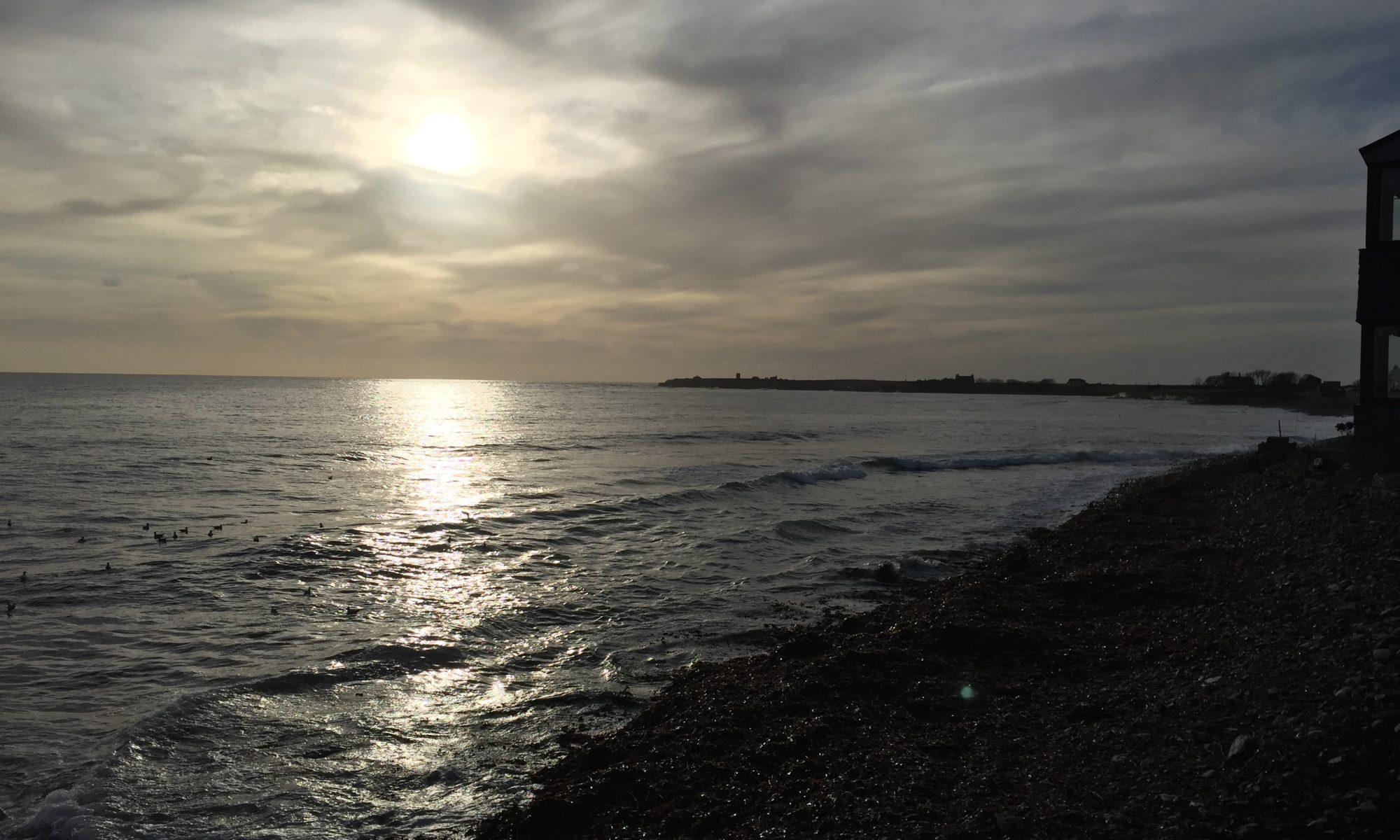

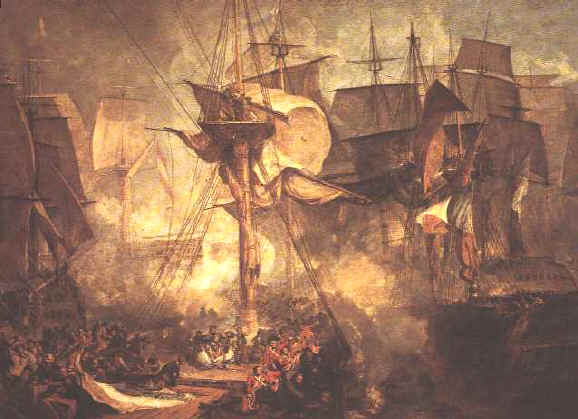




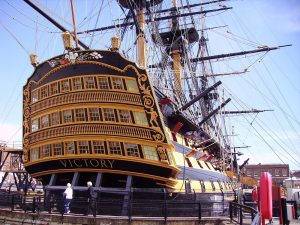 We’re hoping to go back to Portugal and Spain this year for further photography and battlefield mayhem. I’ve got some new ideas for the website and will be publishing several more short stories through the year. My first research trip is in a couple of weeks time when I’ll be visiting Portsmouth and the Victory, the National Maritime Museum and possibly the Imperial War Museum if I don’t run out of time. And the Tower of London for no reason at all apart from the fact that Wellington used to enjoy bossing people around there.
We’re hoping to go back to Portugal and Spain this year for further photography and battlefield mayhem. I’ve got some new ideas for the website and will be publishing several more short stories through the year. My first research trip is in a couple of weeks time when I’ll be visiting Portsmouth and the Victory, the National Maritime Museum and possibly the Imperial War Museum if I don’t run out of time. And the Tower of London for no reason at all apart from the fact that Wellington used to enjoy bossing people around there.
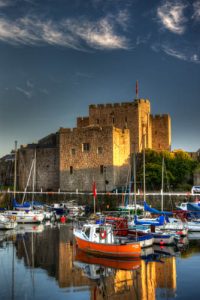
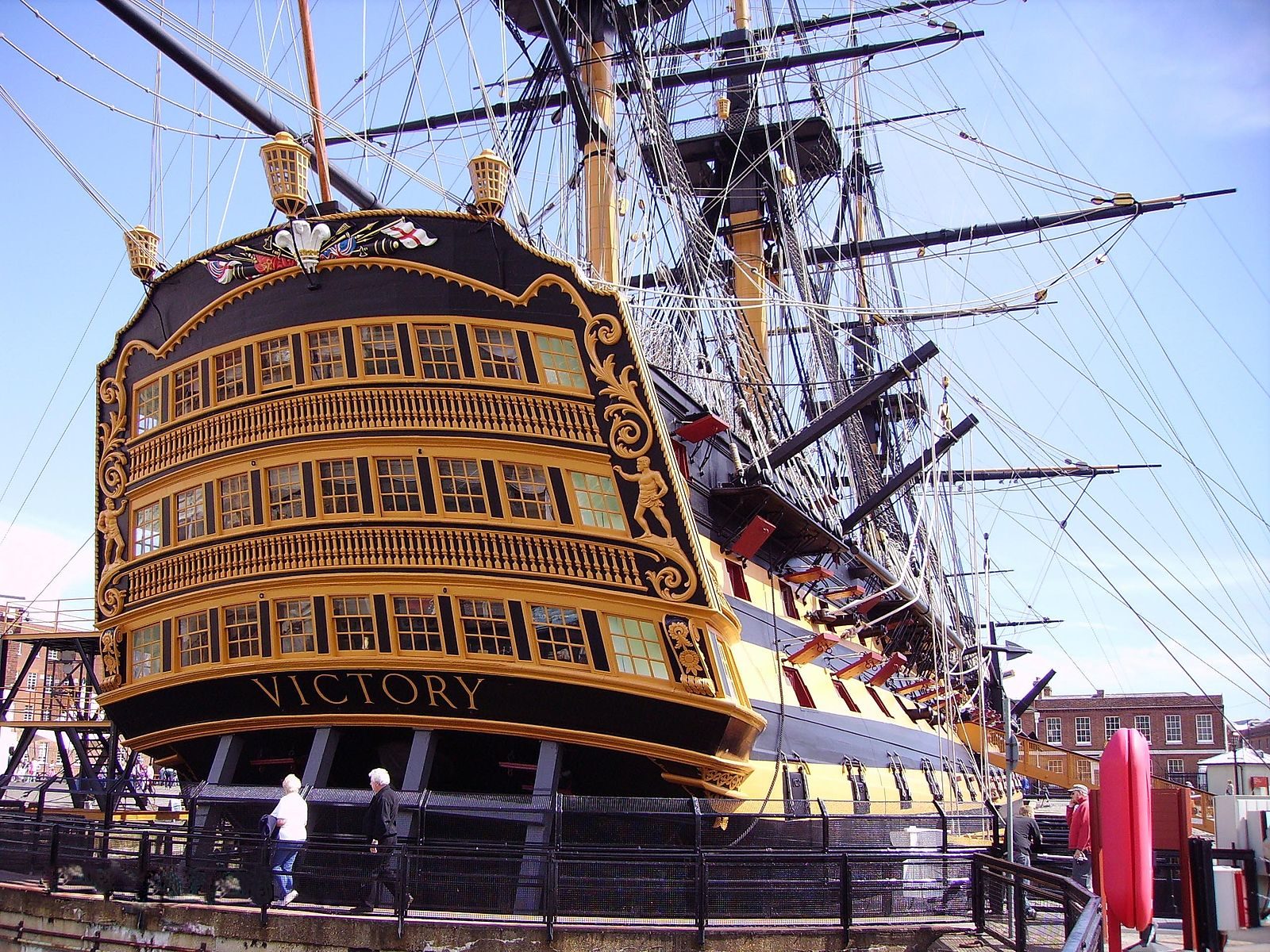





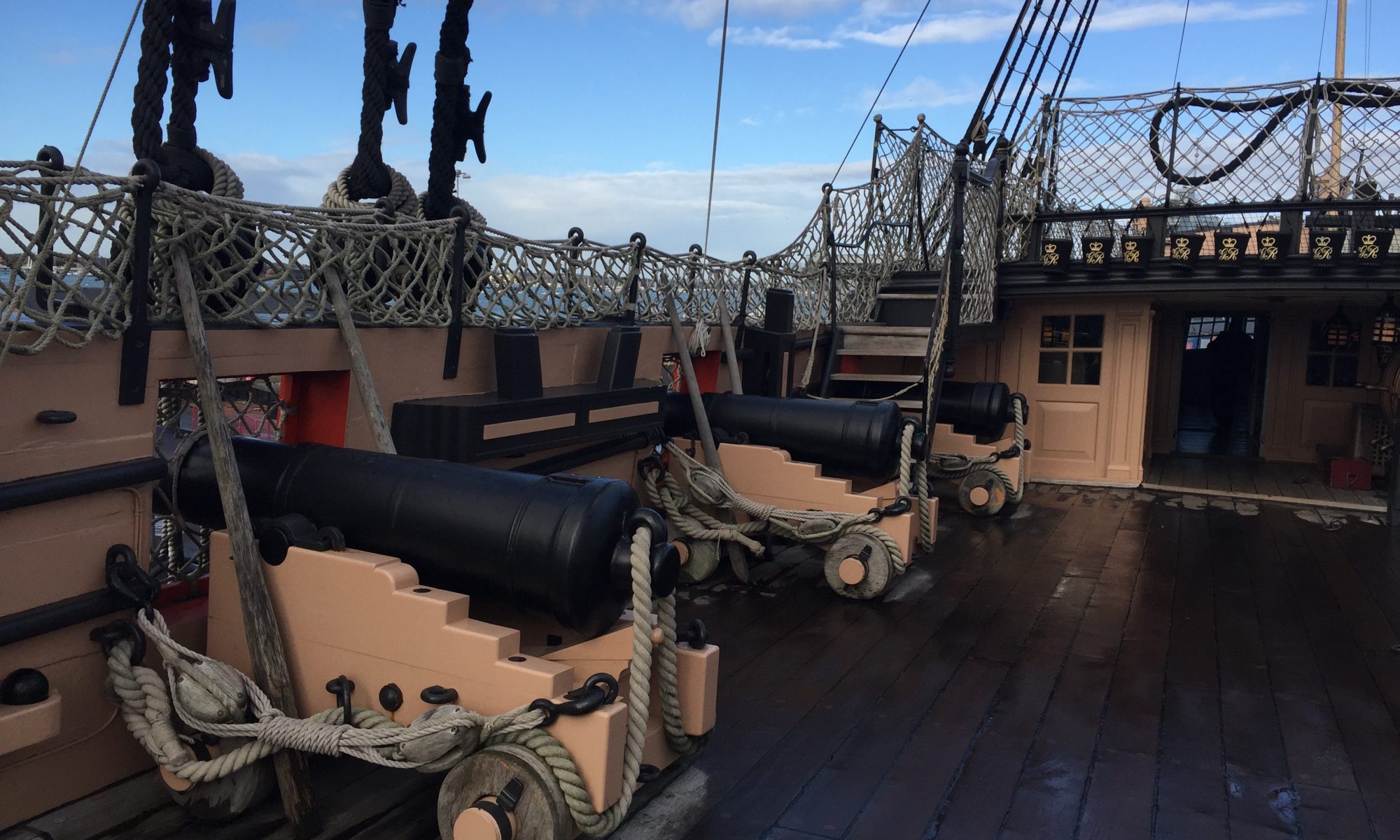
 Black Tot Day is something I’d never heard of until I did some research on army rations during the Peninsular War. It was one of those sessions where I went to have a quick look on Google to make sure my memory was correct on something and forty five minutes later I found myself still immersed in Royal Navy history.
Black Tot Day is something I’d never heard of until I did some research on army rations during the Peninsular War. It was one of those sessions where I went to have a quick look on Google to make sure my memory was correct on something and forty five minutes later I found myself still immersed in Royal Navy history.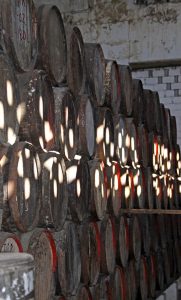 The daily tot was a long-standing naval tradition. In the seventeenth century English sailors were allocated a gallon of beer a day but there was a problem with storing so much liquid aboard ships. In 1655, therefore, sailors were offered a half pint of rum instead and rum quickly became the drink of choice. Due to increasing problems with drunkenness on ships the ration was set in naval regulations in 1740 so that the rum was mixed with water on a 4:1 ratio and split into two servings per day.
The daily tot was a long-standing naval tradition. In the seventeenth century English sailors were allocated a gallon of beer a day but there was a problem with storing so much liquid aboard ships. In 1655, therefore, sailors were offered a half pint of rum instead and rum quickly became the drink of choice. Due to increasing problems with drunkenness on ships the ration was set in naval regulations in 1740 so that the rum was mixed with water on a 4:1 ratio and split into two servings per day.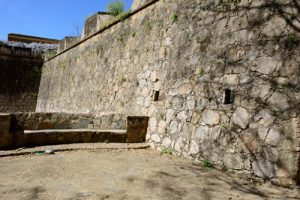 One of the most shocking of these was the sacking of Badajoz in 1812 when the British army ran wild in the town for three days, ignoring all orders and looting, murdering and raping at will. A big part of this horrific incident was probably due to drunkenness as the wine shops and cellars of the town were the first to be looted. When some officers tipped over the wine pipes in an attempt to limit their soldiers drinking, the men lay down in the street and drank the wine from the gutters.
One of the most shocking of these was the sacking of Badajoz in 1812 when the British army ran wild in the town for three days, ignoring all orders and looting, murdering and raping at will. A big part of this horrific incident was probably due to drunkenness as the wine shops and cellars of the town were the first to be looted. When some officers tipped over the wine pipes in an attempt to limit their soldiers drinking, the men lay down in the street and drank the wine from the gutters. Personally I think that a tot of rum at 11am every day would send me to sleep for the rest of the day but there is no doubt that back in 1970 a lot of ratings would have echoed Captain Jack Sparrow’s horrified question…
Personally I think that a tot of rum at 11am every day would send me to sleep for the rest of the day but there is no doubt that back in 1970 a lot of ratings would have echoed Captain Jack Sparrow’s horrified question…
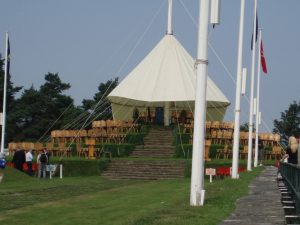
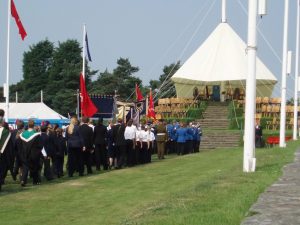 All bills which have received the Royal Assent are promulgated on Tynwald day and if this does not happen within 18 months of passing the bill it ceases to have effect. Other proceedings can include the presentation of petitions and the swearing in of public officials. There is a formal procession which includes the Lieutenant Governor, Members of the House of Keys and of the Legislative Council, the Deemsters who are the highest judicial officers, any guests of honour from other nations, clergymen, leaders of local governments and any other state officials of the Isle of Man. Members of the general public attend the ceremony as do local constabulary and military. It is a highly formal affair.
All bills which have received the Royal Assent are promulgated on Tynwald day and if this does not happen within 18 months of passing the bill it ceases to have effect. Other proceedings can include the presentation of petitions and the swearing in of public officials. There is a formal procession which includes the Lieutenant Governor, Members of the House of Keys and of the Legislative Council, the Deemsters who are the highest judicial officers, any guests of honour from other nations, clergymen, leaders of local governments and any other state officials of the Isle of Man. Members of the general public attend the ceremony as do local constabulary and military. It is a highly formal affair.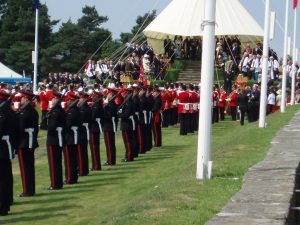 Before Tynwald sits, the individual presiding inspects the guard of honour and lays a wreath at the National War Memorial. There is a religious service in the chapel at 11am and then Tynwald proceeds to the adjacent Tynwald Hill. The path is strewn with rushes following the celtic custom of pleasing the sea god Mannanan with bundles of rushes on Midsummer’s Eve. The path is lined with flagpoles, which fly the national flag and the parliamentary flag. The laws are proclaimed from Tynwald Hill which has existed from at least the end of the 14th century. Once this is done, Tynwald reconvenes in the Chapel and quill pens are used to sign certificates documenting the promulgation of the laws.
Before Tynwald sits, the individual presiding inspects the guard of honour and lays a wreath at the National War Memorial. There is a religious service in the chapel at 11am and then Tynwald proceeds to the adjacent Tynwald Hill. The path is strewn with rushes following the celtic custom of pleasing the sea god Mannanan with bundles of rushes on Midsummer’s Eve. The path is lined with flagpoles, which fly the national flag and the parliamentary flag. The laws are proclaimed from Tynwald Hill which has existed from at least the end of the 14th century. Once this is done, Tynwald reconvenes in the Chapel and quill pens are used to sign certificates documenting the promulgation of the laws.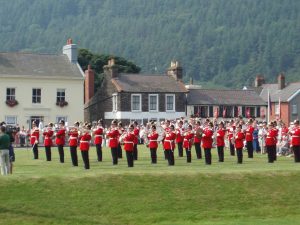 For the first few years we were on the island it was an annual event to go to Tynwald Day. I admit I was fascinated by the history, the idea that this ceremony, in some form or another, has been going for so long. It is very different to the British opening of Parliament and Queen’s speech which is very much a Parliamentary event. This is an event for the people, and the tradition of people bringing their grievances before Tynwald on this day really happens, I know people who have done it.
For the first few years we were on the island it was an annual event to go to Tynwald Day. I admit I was fascinated by the history, the idea that this ceremony, in some form or another, has been going for so long. It is very different to the British opening of Parliament and Queen’s speech which is very much a Parliamentary event. This is an event for the people, and the tradition of people bringing their grievances before Tynwald on this day really happens, I know people who have done it.  This year, as an example, several Manx women staged a silent protest dressed in
This year, as an example, several Manx women staged a silent protest dressed in  The most famous of them, a certain
The most famous of them, a certain